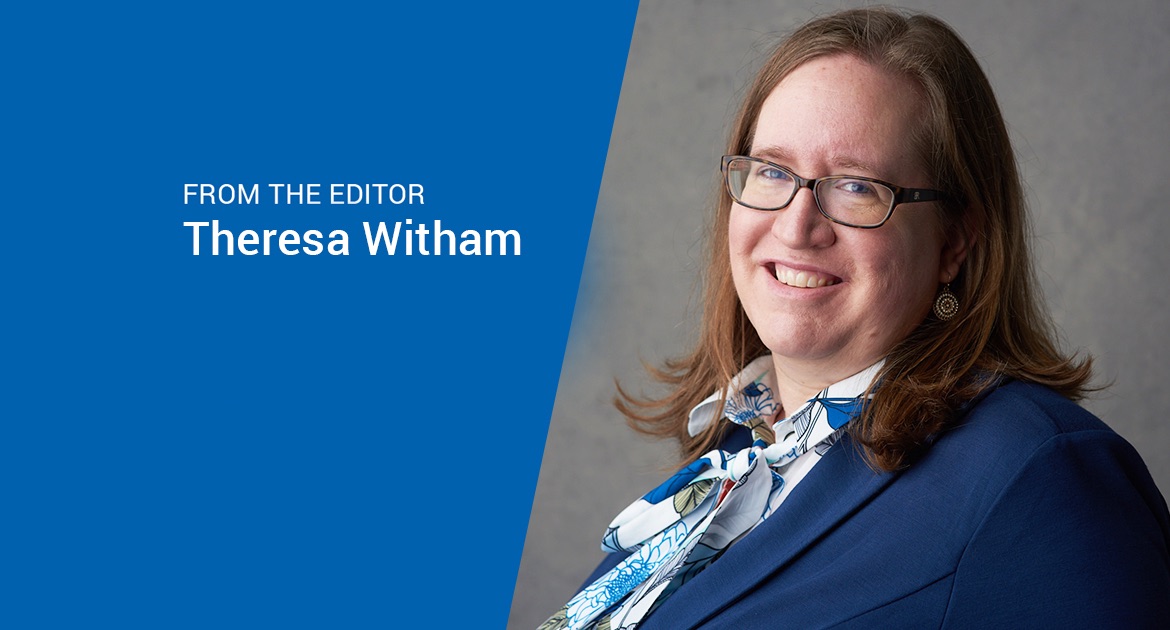2 minutes
From the editor
In the 20 years that I have been writing for CU Management, one thing that hasn’t changed at all is the sense of dread that comes with a core systems change.
In these past two decades, you may have gone through multiple core upgrades or conversions without major issues, except perhaps too many sleepless nights and a few new gray hairs. I certainly understand if the last thing you want to consider right now is another core systems change. But for many of you, it is probably time to think about how to get more from your core. Consider the following questions:
Do you have three or fewer years left in your core contract? Is your CU heading in a new strategic direction? Do you need better systems bundling? Do any of these—or the four other scenarios in our cover story apply to your credit union? If so, read on “More From Your Core”
One of the main reasons implementing a new core system can be a headache is the disruption to members and staff. But with proper technology training, your credit union can alleviate some of that stress. “If you have educated employees on the front line who can easily answer their questions prior to, during and after the [core] conversion, it makes the transition a whole lot smoother,” says CUES member Maria Rolston, chief administrative officer at $1.1 billion Franklin Mint Federal Credit Union in Chadds Ford, Pennsylvania. Turn to “Developing Superusers” for tips and hints for employee technology training.
If core conversions don’t scare you, what about this question: “What do we do if the financial model we’ve built our plans on is wrong?” But that’s actually not the right question to ask, say experts. Here, in fact, a bit of fear will keep you limber. What you should be asking—and preparing for—is what to do when your models are wrong, not if.
“Forecasts are based on data, which is always historical, and on assumptions. Good data will be accurate, but assumptions are guesses, and when you assume the future will resemble the past, you’re only probably right,” explains Kathy Pearson, Ph.D., president/founder of Enterprise Learning Solutions Inc., Doylestown, Pennsylvania, and a faculty member for CEO Institute I: Strategic Planning. Read more about what you should do when your financial model is wrong in “Bringing the Future Into Focus”.
P.S. Start planning now for your—and your team’s—2020 professional development.
Your credit union needs strong leaders in order to thrive. Why not start off the new decade dedicating time to your career by completing the CEO Institute curriculum and earning your Certified Chief Executive designation? Visit cues.org for resources to help you create a plan to make the ’20s your best decade yet.






